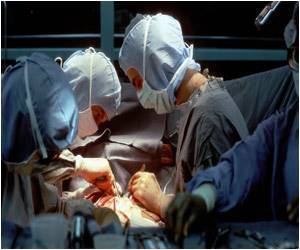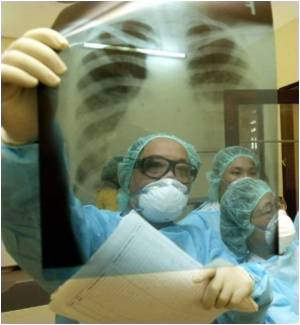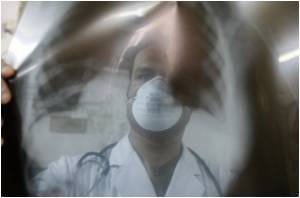The device helps patients get oxygen into their blood by transporting blood to a gas exchanger that removes carbon dioxide and oxygenates the blood before returning it to the heart

Normally, a patient is sedated while using an extracorporeal membrane oxygenation (ECMO). Consequently, the patient is bedridden, which causes the muscles to become increasingly weak. However, Zwischenberger's device, the bi-caval double lumen catheter, manufactured by Avalon Laboratories, is an advanced form of ECMO, also known as "ambulatory artificial lungs."
Zwischenberger's goal was to allow patients to do normal things, even exercise, while using the device.That goal was achieved on April 8, when Dr. Charles Hoopes, director of the UK Heart and Lung Transplant Program and the Ventricular Assist Device Program, performed surgery on Ernie Gillispie, of Canada, Ky., to allow the use of this artificial lung and double lumen catheter.
With the assistance of the device, Gillispie proved himself to be a candidate for a lung transplant; without it he would not have been strong enough for the surgery, Zwischenberger said.
"This lung technology sets us up to be able to bridge patients to lung transplant, rather than their condition continuing to deteriorate while waiting for a transplant," Zwischenberger said. "Dr. Hoopes is an early adopter of this technique and we are now one of a very few places in the country that uses ambulatory ECMO as a bridge to transplant."
Hoopes says the machine proved that if Gillispie's lungs worked properly, he could live a normal life.
Advertisement
After only three days using the artificial lung, Gillispie underwent a successful double-lung transplant surgery on April 11.
Advertisement
Source-Eurekalert











